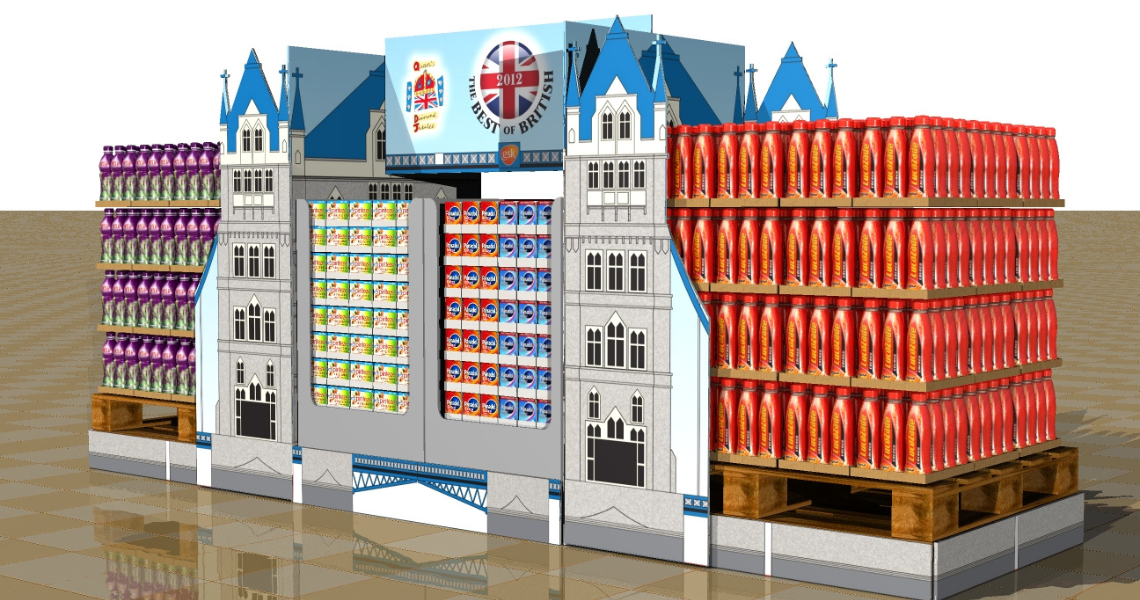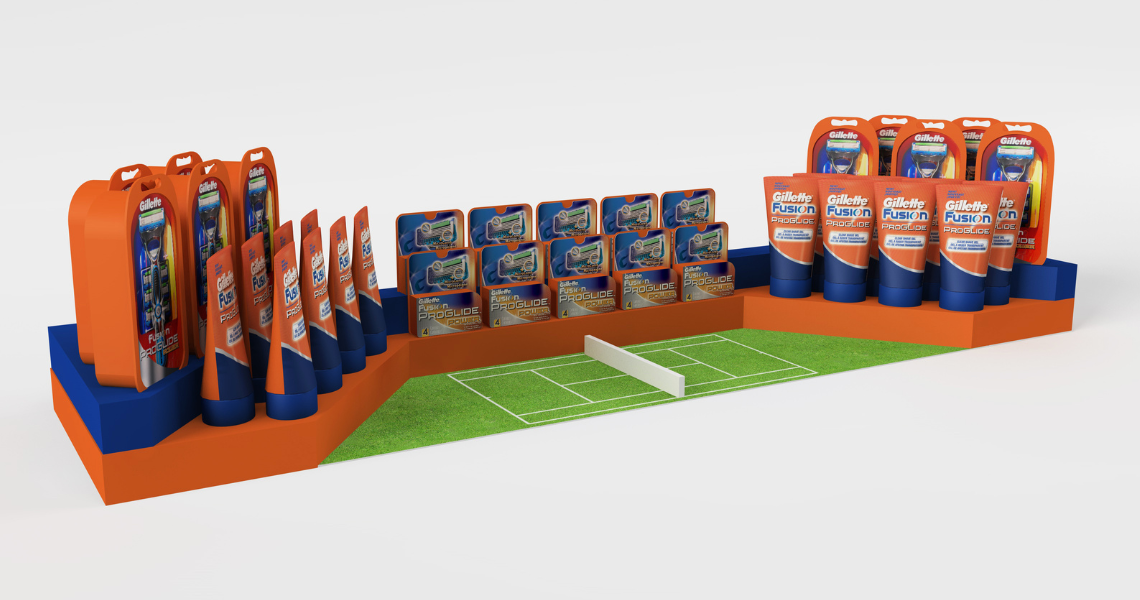Discover the key strategies for mastering the art of retail display design and ensuring your success in the competitive retail industry.
Understanding the Importance of Display Retail Design
When it comes to retail, first impressions matter. That's why understanding the importance of retail display design is crucial. A well-designed display can catch the attention of potential customers, create a positive brand image, and ultimately drive sales. It serves as a visual representation of your brand and products, communicating your message and enticing customers to explore further.
In a crowded marketplace, a well-designed display sets you apart from the competition and helps you stand out. It allows you to showcase your products in the best possible way, highlighting their features and benefits. Effective display retail design can create a memorable and immersive experience for customers, leaving a lasting impression that encourages repeat visits and word-of-mouth recommendations.
Moreover, retail display design is not only about aesthetics but also about functionality. The design should consider factors such as ease of access, product visibility, and organisation. A well-thought-out design ensures that customers can easily find what they are looking for and encourages them to spend more time browsing your offerings. It helps you optimise your store layout and maximise your sales potential.
In summary, understanding the importance of display retail design is crucial for success in the competitive retail industry. It helps you create a strong brand identity, attract customers, and enhance the overall shopping experience.

Identifying Your Target Audience and Goals
Before diving into display retail design, it's essential to identify your target audience and goals. Understanding who your customers are and what they expect allows you to tailor your design to their preferences and needs.
Start by conducting market research to gather insights about your target audience. Consider factors such as demographics, psychographics, and shopping behaviours. This information will help you understand their preferences, interests, and motivations, enabling you to design displays that resonate with them.
Additionally, defining your goals is crucial for effective display retail design. Are you aiming to increase brand awareness, promote a specific product, or boost sales? Clearly defining your goals allows you to align your design choices and strategies accordingly.
By identifying your target audience and goals, you can create display retail designs that are specifically tailored to your customer's preferences and objectives. This targeted approach increases the chances of capturing their attention and achieving your desired outcomes.
Creating a Compelling Visual Story
One of the key elements of successful display retail design is creating a compelling visual story. Your display should tell a story that engages customers and evokes emotions, making them connect with your brand and products on a deeper level.
Start by considering the overall theme or concept you want to convey through your display. It could be based on the season, a specific campaign, or a unique brand story. Align the visual elements such as colours, images, and props with your chosen theme to create a cohesive and impactful design.
Incorporate storytelling techniques into your display to captivate your audience. Use visual cues, such as product arrangements and signage, to guide customers through a narrative that showcases the benefits and value of your products. Create a sense of curiosity and intrigue that encourages customers to explore further and engage with your offerings.
Remember to keep your visual story consistent with your brand identity and values. This helps build brand recognition and strengthens the emotional connection between your brand and customers.
By creating a compelling visual story, you can make your display more memorable, engaging, and persuasive. It transforms your display from a mere showcase of products into an immersive experience that leaves a lasting impression.

Choosing the Right Materials and Colours
The choice of materials and colours plays a crucial role in display retail design. They contribute to the overall aesthetic appeal, convey your brand message, and influence customer perception.
When selecting materials, consider factors such as durability, sustainability, and versatility. The materials should be able to withstand the demands of a retail environment, provide a high-quality appearance, and be environmentally friendly if possible. Additionally, choose materials that are easy to clean and maintain for long-term use.
Colours, on the other hand, evoke emotions and have a psychological impact on customers. Consider your brand identity, target audience, and the desired atmosphere you want to create. Use colours strategically to highlight certain products, create visual interest, or evoke specific emotions. Experiment with colour combinations to find the ones that resonate with your brand and appeal to your target audience.
Remember that consistency is key when it comes to materials and colours. Maintain a consistent visual language across your displays to create a cohesive brand experience. This helps customers recognise your brand and builds trust and loyalty.
By choosing the right materials and colours, you can enhance the visual impact of your displays and create a cohesive brand experience that resonates with your target audience.
